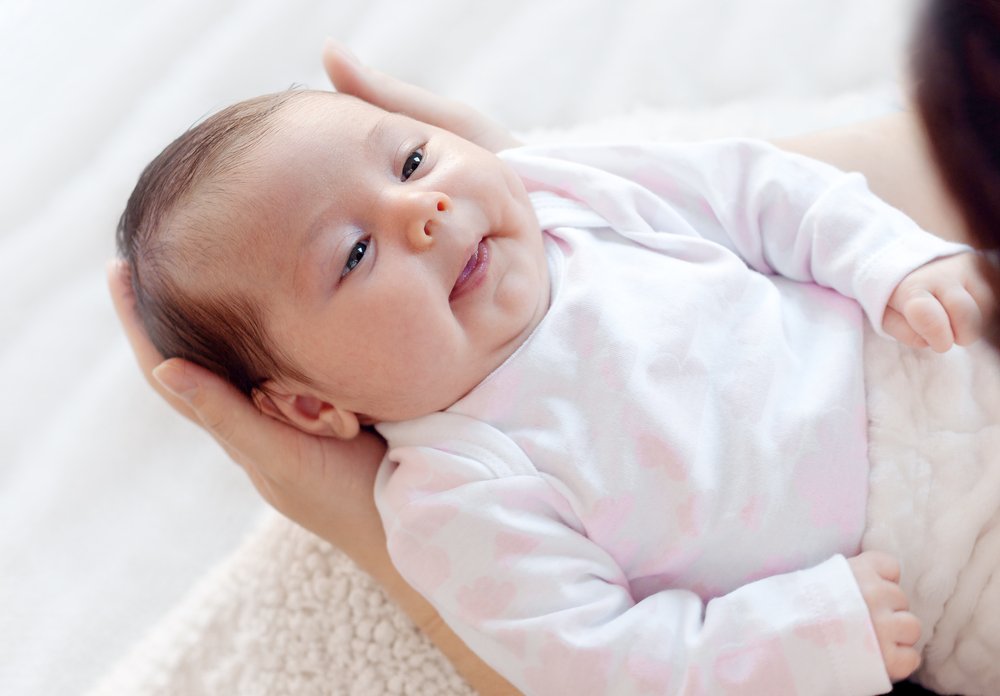Key points:
- During the first week, a baby’s vision is limited to black and white, but starts to develop more colors after a week. It is recommended to have red, orange, yellow, and green colors around them.
- Eye contact between the baby and caregiver is important for the baby’s visual development. Babies will try to make eye contact and enjoy looking at their caregiver’s face.
- As the baby grows, their vision will continue to evolve. By six months old, they will be able to see all colors and their eye movements will become faster. Visual development also plays a role in cognitive skills and attention span.
One of the senses your baby will be developing during their first months is sight, and we want to give you a tiny splash of what this wonderful process implies. You’ll be amazed by your baby’s vision!
Development of your baby’s vision
During the first week, your little one will only see in black and white, with a tinge of gray scales. The nerve cells in the back of their eyeballs are sensitive to light, but their vision is not fully developed. Around a week later, their eyes will be able to perceive red, orange, yellow, and green. Try to have more of these colors around them!
After the first weeks, you will start to see how they try to make eye contact with you. This is a beautiful thing that helps them work on their sight while developing a connection and a strong relationship with you. The more they do this, the more they will enjoy looking at your face.
It’s recommended to limit your use of scarves and caps during this first month. Also, don’t drastically change anything about you, avoid new hairstyles or hair colors. Since your baby will be constantly looking at you, they will feel safe if they recognize you, so stay familiar.
Around two months old, they will start to pay more attention to your eyes. You will see how they make an effort to find them and hold your gaze for a few seconds. At about three months, they will begin to focus on your facial expressions. They might see your smile and copy it.
Their vision will keep evolving and when your little one is six months old, they will be able to see all the colors in the rainbow. They’ll also move their eyes in a faster pace, fast enough to keep track of such rainbow. To exercise their eye movements further you can place your face in their line of sight and then move, so they can follow you with their eyes. Around this time, they will probably have their first eye exam. Consult it with your pediatrician, so they can guide you through it.
From seven to twelve months, your child will develop their ability to coordinate vision and attention, keeping their focus on patterned objects for 2 or 3 seconds. Visual development in your baby sets the stage for cognitive skills as well. As they use their sense of sight, their attention span will begin to lengthen.
Visual development is important for your baby because they need to use the visual information their eyes send to their brain to understand the world around them and interact properly with their environment.








